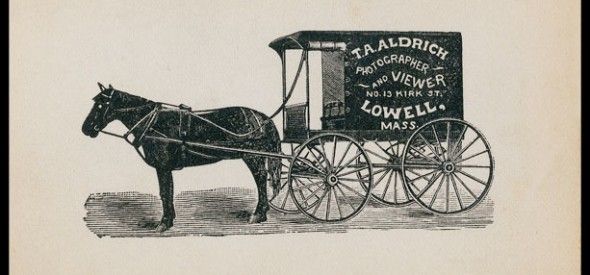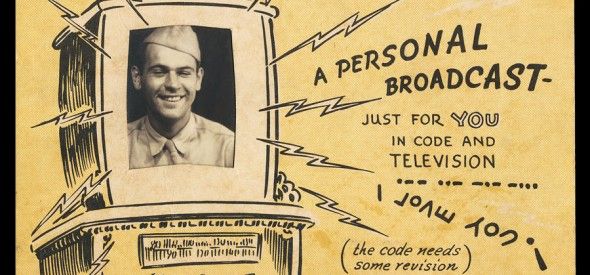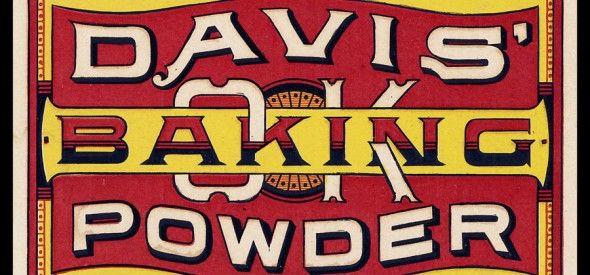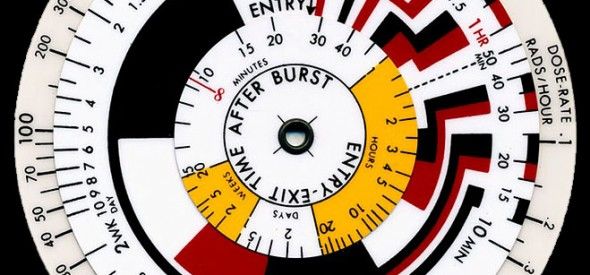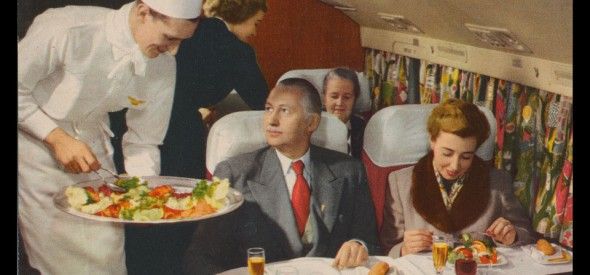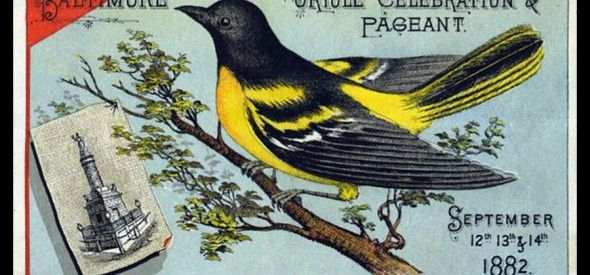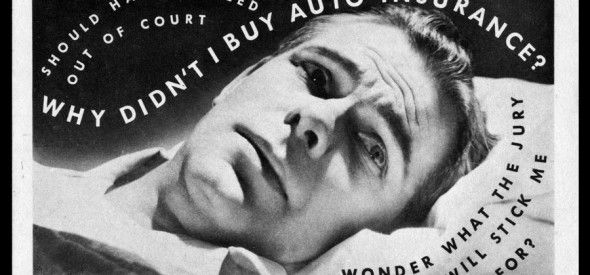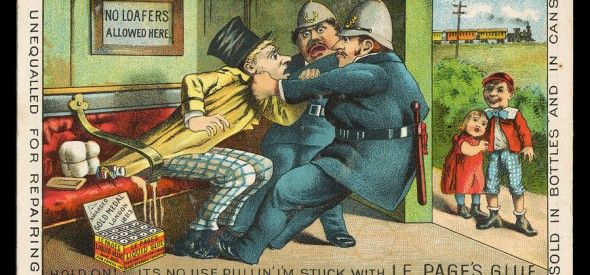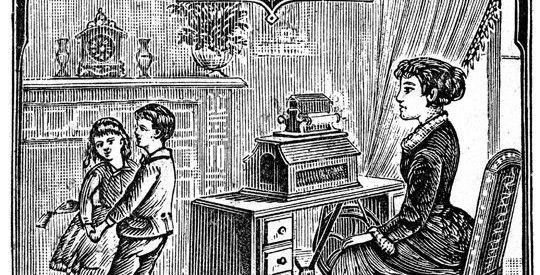“Secure the shadow, ere the substance fades”
“Secure the shadow, ere the substance fades” was one of the earliest advertising slogans used by photographers, as carte de visite (CDV) photographs became all the rage. The phrase urged one and all to capture the image (Secure the shadow) before beloved family members were dead and gone (the substance fades).
Photographs in the handy carte de visite size, generally 2 3/8? x 4 1/4?, were initiated by the Frenchman Disderi in 1854, and became wildly popular from 1857 through the end of the century (and lingered on until about 1920 or so). The craze was called photomania or cartomania.
“The year 1861 is memorable for a revolution in pictures . . . the card photograph has swept everything before it, and it is the style to endure.” (American Journal of Photography, 4:360, 1862). Millions and millions were produced. “Secure the shadow, ere the substance fades” especially applied to photograph the bodies of those who had died before they were soon buried (“post-mortem” photographs).
Beginning in the 1880s, the larger format cabinet cards gained popularity and the carte de visite format faded away.
One of the first types of ephemera I began to collect was the carte de visite, not for the photographic image but for the photographer’s backmark or imprint found on the back of many CDVs. These advertisements essentially make CDVs into trade/business cards for the photographer. It is still my favorite collection, and I constantly search for graphic examples I do not yet have.
Below are some examples; many more can be viewed on my non-commercial, ephemera-related website, at http://www.sheaff-ephemera.com/list/untitled_text.html and at: http://www.sheaff-ephemera.com/list/untitled_text.html






















